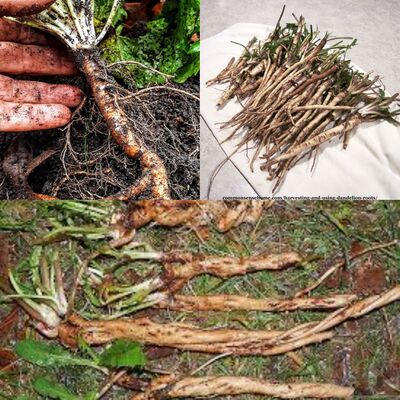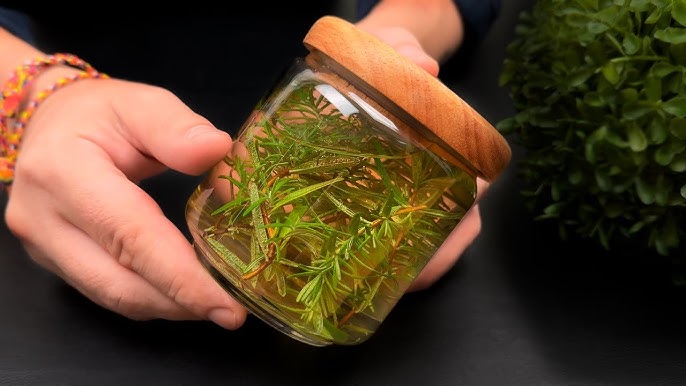Beetroot and watermelon juice is a vibrant and nutritious drink that packs a punch when it comes to health benefits. This powerful combination not only tastes delicious but also offers a range of advantages, particularly for those dealing with anemia and other health issues. Here’s a detailed look at why you should consider adding this juice to your diet.
Benefits of Beetroot and Watermelon Juice
1. Combats Anemia
- Beetroot: Rich in iron, folate, and vitamin B6, beetroot helps increase red blood cell count and improve the absorption of iron, which is crucial for those suffering from anemia.
- Watermelon: This fruit is not only hydrating but also contains vitamin C, which enhances iron absorption from the digestive tract into the bloodstream.
2. Boosts Cardiovascular Health
- Both beetroot and watermelon are excellent for the heart. Beetroot contains nitrates that are converted into nitric oxide in the body, helping to widen and relax blood vessels, thus improving blood flow. Watermelon contains lycopene, an antioxidant that helps reduce cholesterol and blood pressure levels.
3. Enhances Hydration
- Watermelon is over 90% water, making it incredibly hydrating and perfect for maintaining fluid balance in the body. Combined with beetroot, it offers a refreshing way to stay hydrated, especially during hot weather or after workouts.
4. Supports Liver Health
- Beetroot is known for its detoxifying properties; it helps purify the blood and liver and enhance liver function. This is crucial for overall health and effective metabolism of nutrients.
5. Rich in Antioxidants
- The vibrant red colors of beetroot and watermelon are indicative of their high antioxidant content, including beta-carotene, lycopene, and other phytonutrients that protect the body against oxidative stress and inflammation.
How to Prepare Beetroot and Watermelon Juice
Ingredients:
- 1 medium beetroot, peeled and chopped
- 2 cups of watermelon, cubed and seedless
- Ice cubes (optional)
- Mint leaves (for garnish and added flavor)
Instructions:
- Prepare Ingredients: Wash the beetroot and watermelon thoroughly. Peel and chop the beetroot into small pieces. Remove the rind from the watermelon and cube the flesh.
- Juice the Ingredients: If you have a juicer, pass the beetroot and watermelon through the juicer. Alternatively, blend both in a blender until smooth.
- Strain the Juice: For a smoother texture, strain the juice using a fine mesh sieve or cheesecloth.
- Serve: Pour the juice over ice in a glass and garnish with mint leaves. Enjoy it fresh for the best taste and nutritional benefits.
Tips for Consumption
- Drink this juice regularly, especially in the morning, to maximize its health benefits.
- For those with sugar sensitivities or diabetes, monitor your blood sugar levels as both beetroot and watermelon are high in natural sugars.
Adding beetroot and watermelon juice to your diet can offer a delicious way to fight anemia, boost heart health, and enhance overall vitality. Give this powerful drink a try and experience its refreshing and health-boosting effects!










